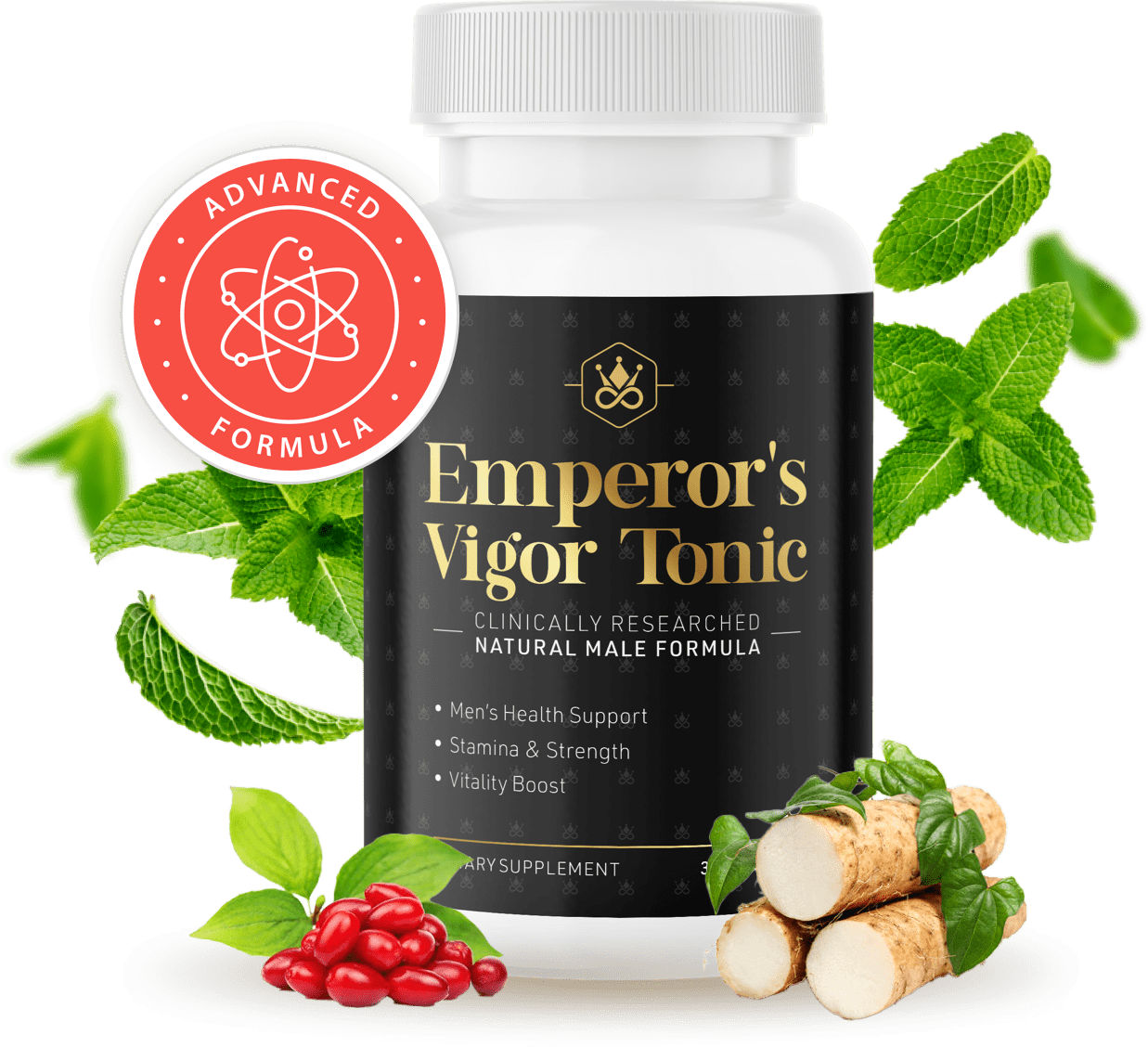Chapter 1: The Dangers of Soda Consumption
Alarming Statistics Expose the Harmful Truth About Soda
Americans have a love affair with sugary beverages, consuming an average of 57 gallons per year. But while these drinks may be popular, their health consequences are a cause for serious concern. This chapter explores the hidden dangers of soda, focusing on its excessive sugar content and the harmful effects of high fructose corn syrup.
The Problem with Sugar
A single 12-ounce can of soda can pack a shocking punch, containing up to 39 grams of sugar. This far exceeds the recommended daily limit for adults and children, highlighting the significant contribution of soda to excessive sugar intake.
High Fructose Corn Syrup: A Sweetener with a Bitter Truth
Modern sodas are primarily sweetened with high fructose corn syrup, a controversial ingredient linked to various health problems. Unlike natural sugars, high fructose corn syrup is metabolized differently by the body, leading to potential issues such as fatty liver disease and increased fat storage.
Understanding the Impact
These alarming statistics and health concerns paint a clear picture of the dangers associated with soda consumption. By recognizing the excessive sugar content and potential risks of high fructose corn syrup, individuals can make informed decisions about their beverage choices and prioritize their well-being.
Taking Action
The next chapter will delve deeper into the specific health problems associated with regular soda consumption. Additionally, we will explore the questionable relationships between the beverage industry and government agencies, and investigate the less-discussed effects of soda on immune function and nutrient absorption.
By providing comprehensive information and empowering individuals with knowledge, this series aims to promote awareness about the dangers of soda and encourage healthier beverage choices for a brighter future.
Chapter 2: The Rise of a Sugary Habit
Escalating Consumption: A Double Dose of Danger
The widespread consumption of soda is not static – it’s steadily increasing. Shockingly, the average serving size of soda has doubled in recent decades, highlighting a concerning trend towards consuming larger and larger quantities of sugary beverages. This significant shift in consumption patterns exposes individuals to even greater risks associated with sugar and high fructose corn syrup.
Children: A Vulnerable Population
The increasing availability and affordability of soda, along with aggressive marketing campaigns targeting children, makes them particularly vulnerable to its negative effects. Regular consumption of sugary drinks during childhood can lead to long-term health problems, including obesity, diabetes, and tooth decay. Protecting children from these dangers requires awareness and education, empowering them to make healthy choices throughout their lives.
Addressing the Trend
The alarming rise of soda consumption necessitates a multi-pronged approach. Public awareness campaigns, educational initiatives, and stricter regulations on sugary drinks are crucial steps in promoting healthier beverage choices. Additionally, individual choices matter. Opting for water, unsweetened tea, or natural fruit juices instead of soda can significantly reduce sugar intake and contribute to a healthier lifestyle.
Embracing Change
By acknowledging the increasing consumption of soda and its potential impact, individuals and communities can start to make positive changes. By prioritizing health over convenience and choosing healthier alternatives, we can collectively create a future where sugary drinks no longer threaten our well-being.
Chapter 3: Excessive Sugar Content: Unveiling the Hidden Truth
A Sea of Sugar: Unveiling the Hidden Dangers
While the sugar content of soda may seem obvious, the sheer amount present in a single serving can be astonishing. A 12-ounce can of soda can contain a staggering 10 teaspoons of sugar, exceeding the recommended daily sugar intake for adults and children. This sugar overload not only contributes to immediate health issues such as energy crashes and mood swings, but also lays the foundation for long-term health problems like obesity, diabetes, and heart disease.
Hidden Dangers: Beyond the Label
Unfortunately, the sugar content of soda doesn’t always reveal the whole story. Many processed foods and beverages contain “hidden sugars” in the form of ingredients like high fructose corn syrup, concentrated fruit juice, and various sweeteners. These hidden sugars can significantly increase daily sugar intake without individuals even realizing it.
Making Informed Choices: Knowledge is Power
Understanding the sugar content in both obvious and hidden forms empowers individuals to make informed choices about their beverage consumption. By reading labels carefully and opting for healthier alternatives, individuals can take control of their sugar intake and minimize the risk of developing health problems associated with excessive sugar consumption.
Moving Forward: A Collective Commitment
Addressing the issue of excessive sugar content requires a collective effort. Food manufacturers can play a role by reducing added sugars in their products and providing clear and transparent labeling. Governments can implement policies that incentivize healthier options and discourage the consumption of sugary beverages. Ultimately, individuals have the power to make informed choices about their health and prioritize healthier alternatives for themselves and their loved ones.
Next Steps: Diving Deeper
The next chapter will delve deeper into the specific health problems associated with regular soda consumption. Additionally, we will investigate the questionable relationships between the beverage industry and government agencies, and explore the less-discussed effects of soda on immune function and nutrient absorption.
By providing comprehensive information and empowering individuals with knowledge, this series aims to promote awareness about the dangers of soda and encourage healthier beverage choices for a brighter future.
Chapter 4: High Fructose Corn Syrup: The Sweetener with a Bitter Truth
Beyond Sugar: A Hidden Ingredient with Harmful Consequences
High fructose corn syrup (HFCS) has become ubiquitous in processed foods and beverages, including soda. While it may offer a cheaper and sweeter alternative to traditional sugars, its impact on health paints a concerning picture. This chapter delves deeper into the hidden dangers of HFCS, exploring its unique metabolism and potential consequences for our well-being.
A Different Path: The Metabolism of HFCS
Unlike natural sugars like sucrose, HFCS is processed differently by the body. Its high fructose content bypasses the usual metabolic pathways, leading to an overload on the liver. This can contribute to the development of fatty liver disease, a condition linked to long-term health problems like diabetes and heart disease.
A Cascade of Consequences: The Detrimental Effects of HFCS
Beyond its impact on the liver, HFCS has been linked to several other health issues. These include:
Increased Fat Storage: HFCS may promote the accumulation of visceral fat, a type of fat that surrounds internal organs and increases the risk of various health problems.
Insulin Resistance: Regular consumption of HFCS can lead to insulin resistance, a condition where the body becomes less responsive to the hormone insulin, ultimately contributing to the development of type 2 diabetes.
Increased Inflammation: HFCS may contribute to chronic low-grade inflammation, a factor linked to various diseases such as obesity, heart disease, and cancer.
Understanding the Risks: Knowledge is Power
By recognizing the unique metabolism and detrimental effects of HFCS, individuals can take informed decisions regarding their consumption of processed foods and beverages. Reading labels carefully and opting for products with lower HFCS content can significantly reduce the risk of developing associated health problems.
Towards a Healthier Future: Collective Responsibility
Reducing the intake of HFCS requires a collective effort. Food manufacturers can choose healthier sweeteners and provide transparent labeling regarding their products’ HFCS content. Governments can implement policies that promote healthier food environments and discourage the use of HFCS. Ultimately, individuals have the power to make informed choices and prioritize healthier alternatives for themselves and their communities.
Moving Forward: Unmasking the Hidden Dangers
The next chapter will explore the “cozy relationships” between the beverage industry and government agencies, investigating potential conflicts of interest that influence public health policies. Additionally, we will delve into the often-overlooked effects of soda on immune function and nutrient absorption, revealing its impact beyond the immediate sugar rush.
By providing comprehensive information and empowering individuals with knowledge, this series aims to promote awareness about the dangers of soda and encourage healthier beverage choices for a brighter future.




0 Comments